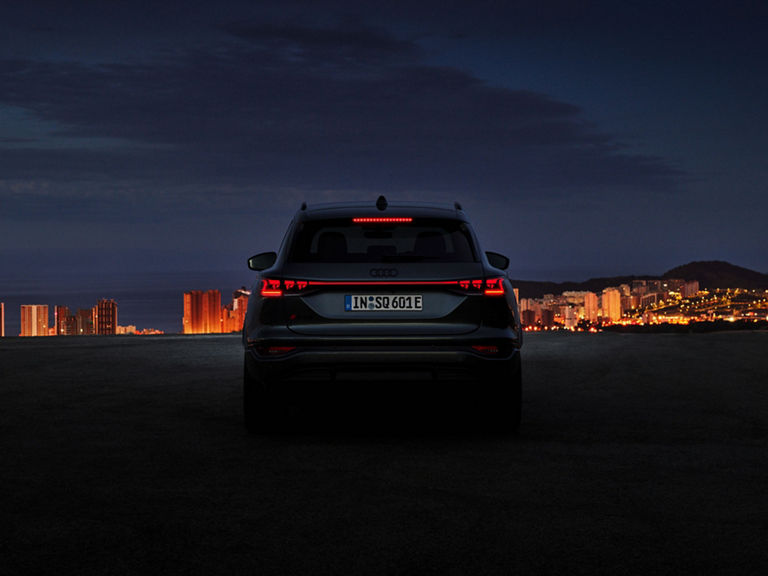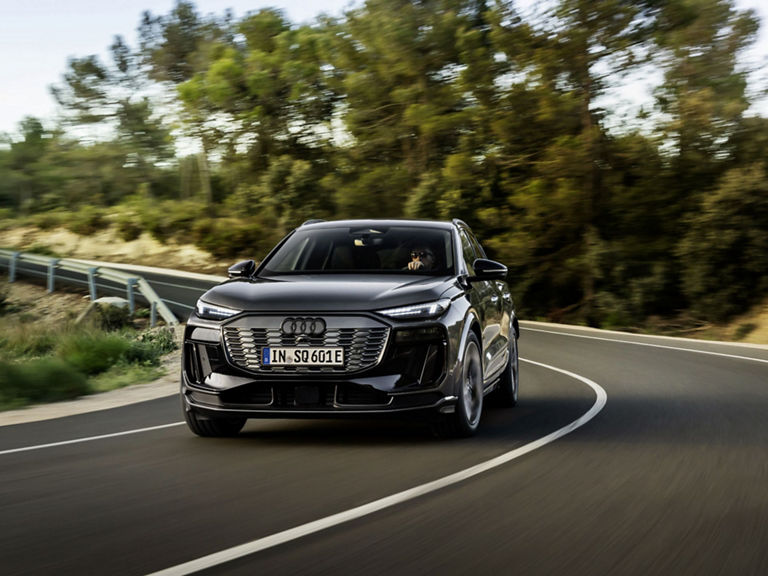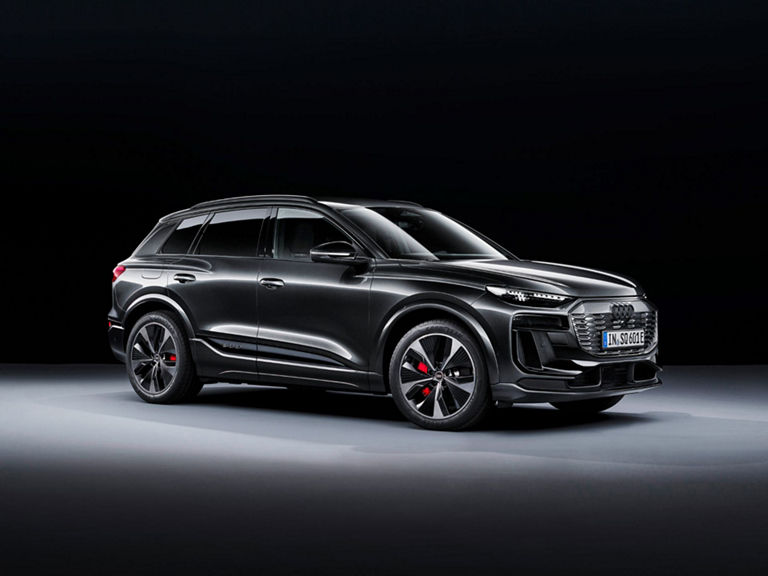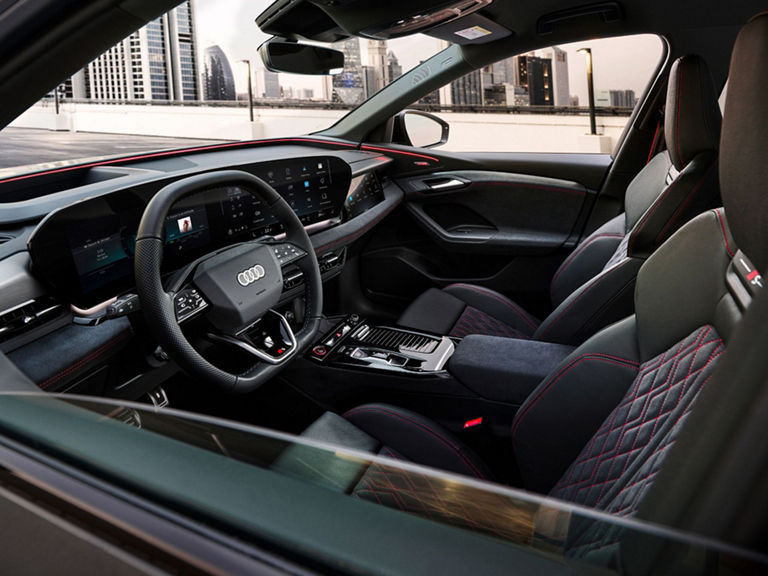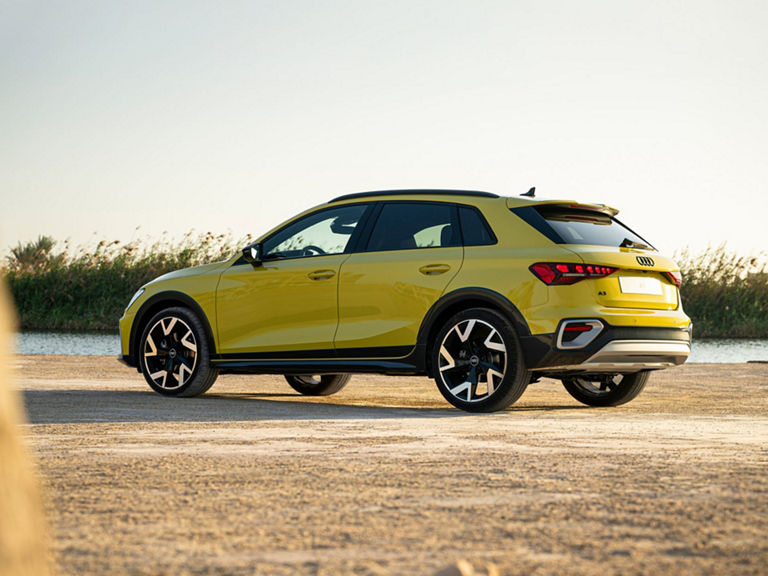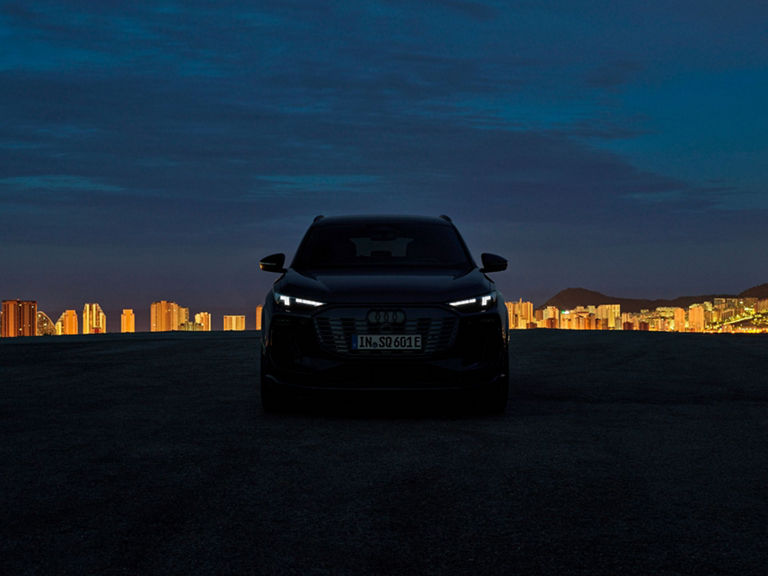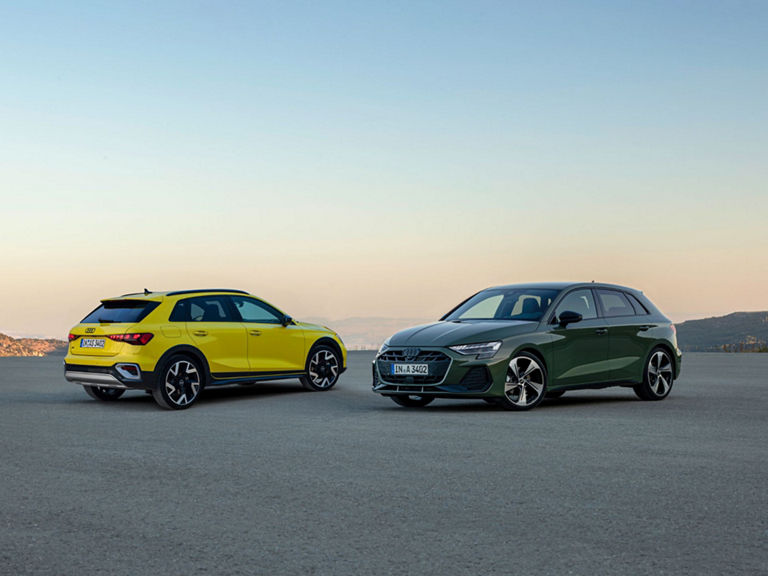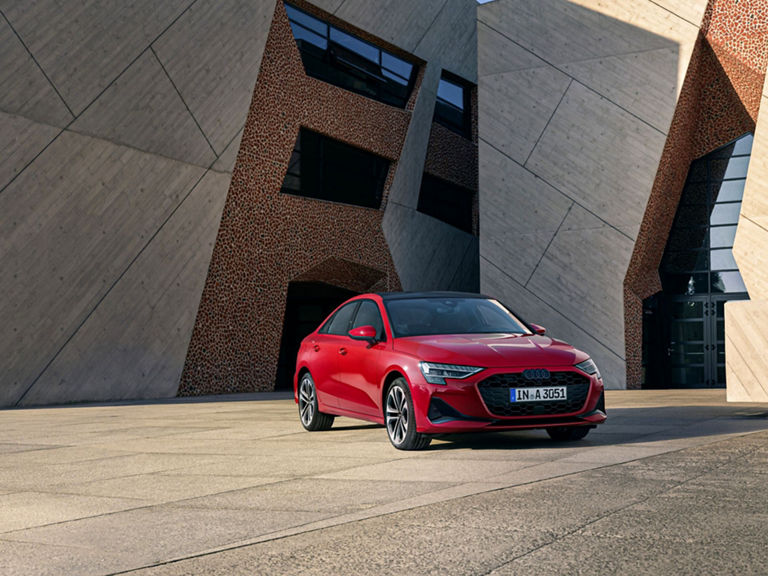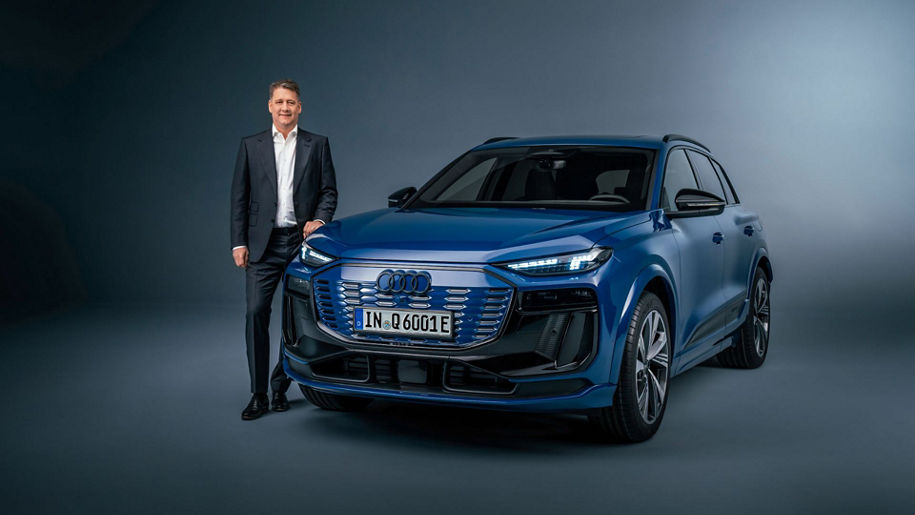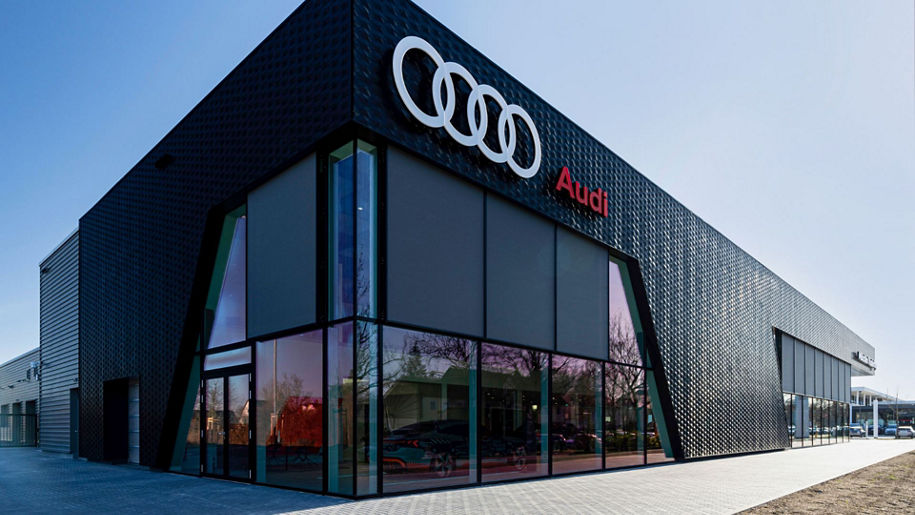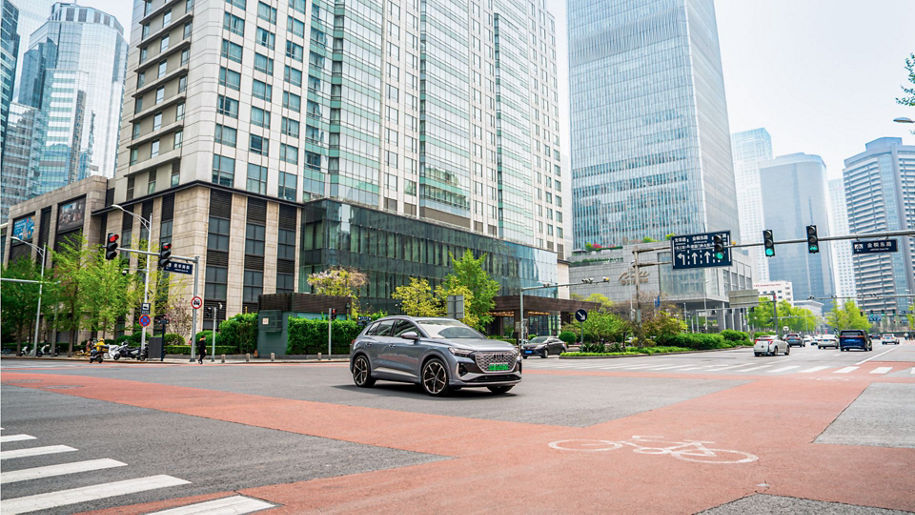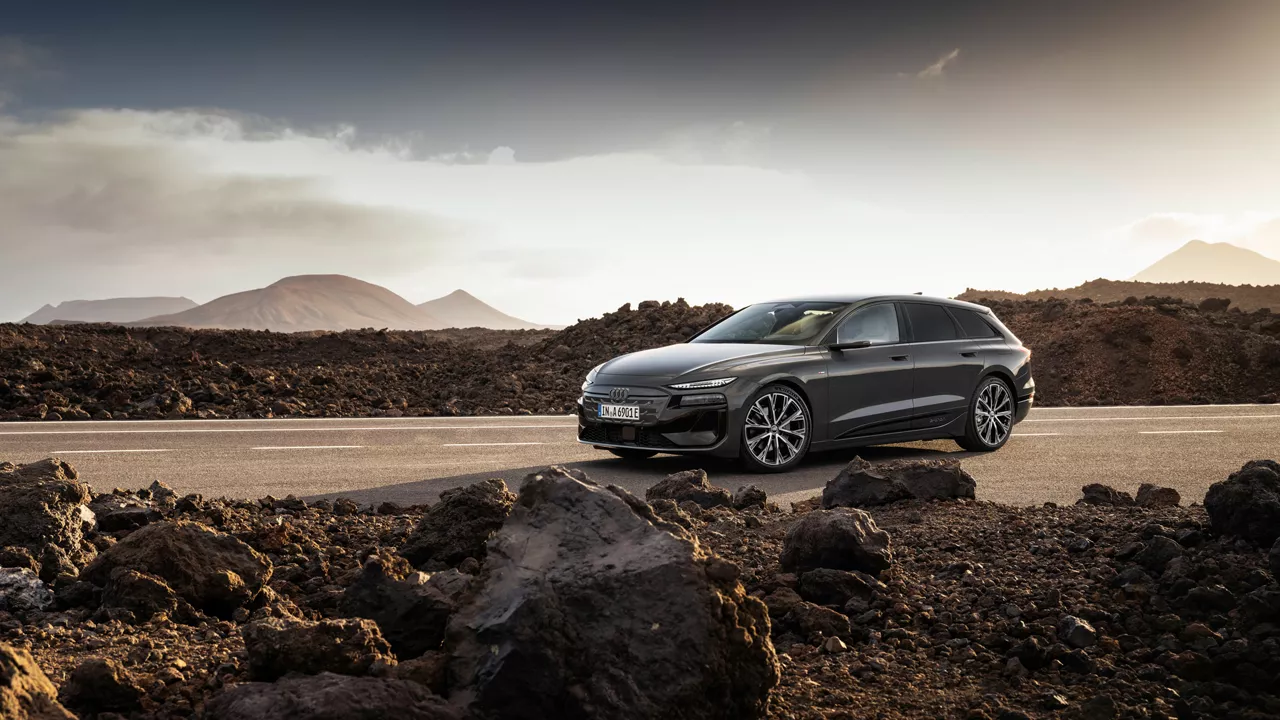Whether electric motor or combustion engine, entry-level or luxury segment, Sedan, Avant or SUV – all models from the Four Rings carry the Audi DNA. It lends each model its own character and is set to be refined in the future for each model to make it even more tangible.
When driving, for example: anyone who drives an Audi must be able to feel Audi – in the form of harmonious, distinctive driving characteristics. The driving experience is unmistakable, and the driving dynamics and driving comfort are well-balanced. The key to this is the interaction between various components such as the suspension, steering and drive system, as well as the braking and control systems. In the future, efficiency is to be one of the differentiating features of Audi vehicles. Certain models will additionally be created to stand out from the competition through a combination of sporty performance in conjunction with quattro.
And the DNA also extends to the interior, where aspects such as finish, appearance and choice of materials – which have been Audi strengths for decades – are complemented by digital elements. The interior is increasingly becoming a platform for digital content in the vehicle. Infotainment, connectivity and intuitive operation are key elements for a premium in-car experience. That is why new Audi models are being designed more than ever from the inside out and with the user in mind. The goal is clear: to ensure that customers have the best possible user experience across the entire portfolio in the future.
In the long term, selected models are also expected to set themselves apart by offering automated driving functions and providing passengers with completely new ways of spending their time in the vehicle. Another hallmark of future Audi models will be sustainably designed interiors – for example, through the use of materials sourced from circular economy processes.




